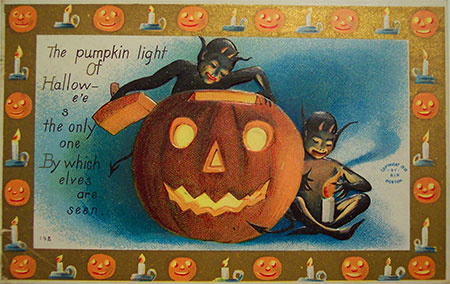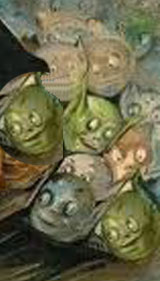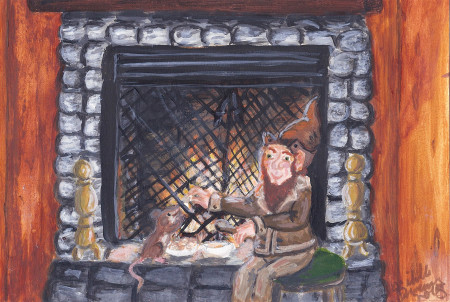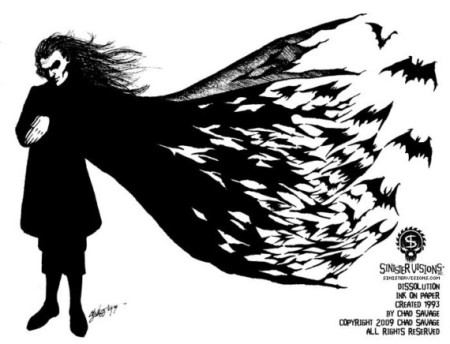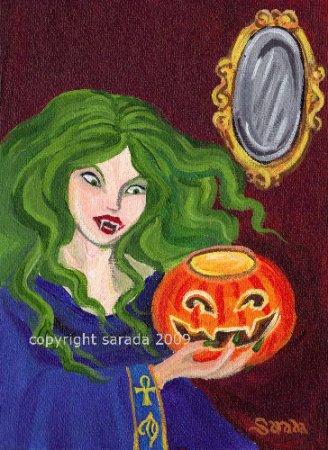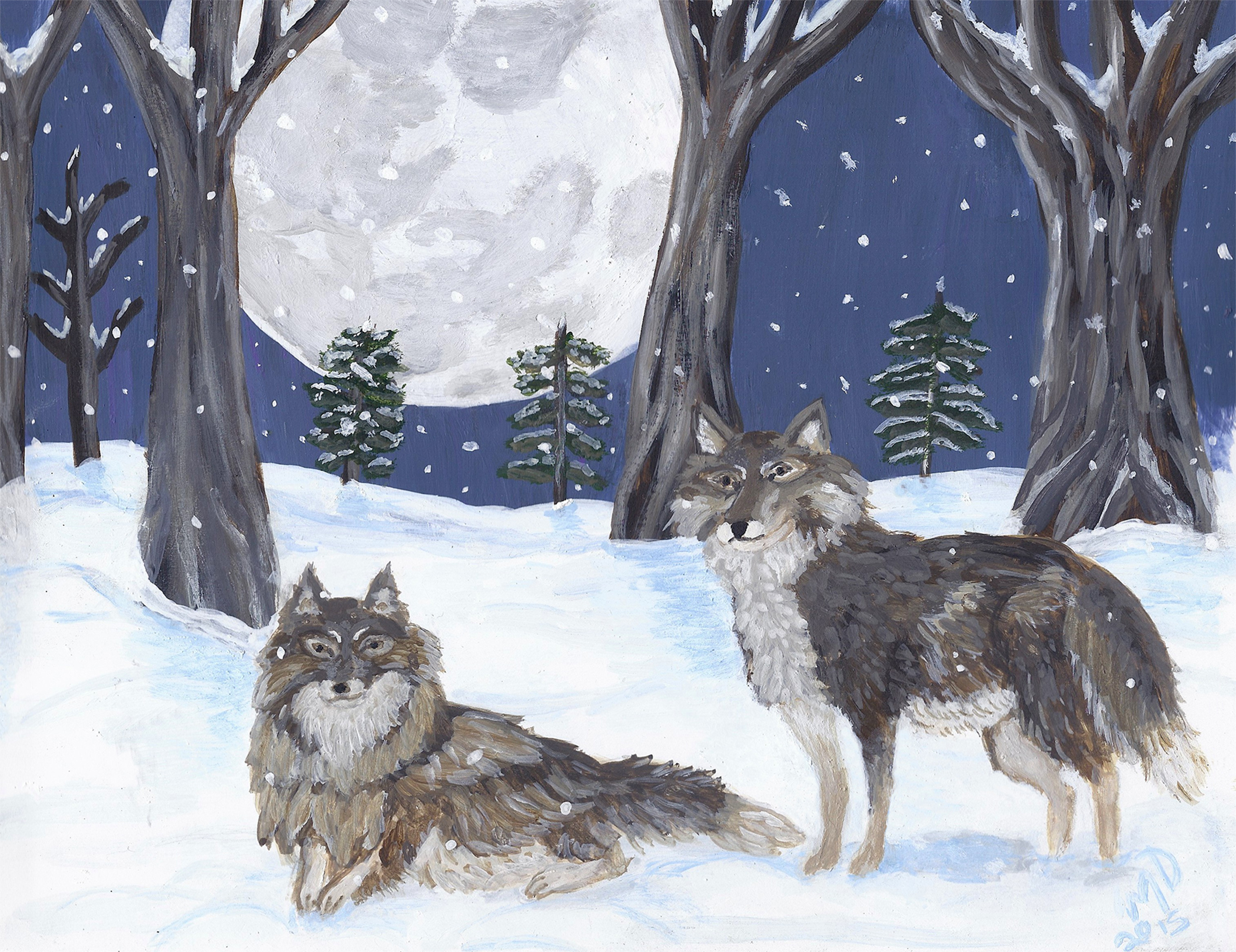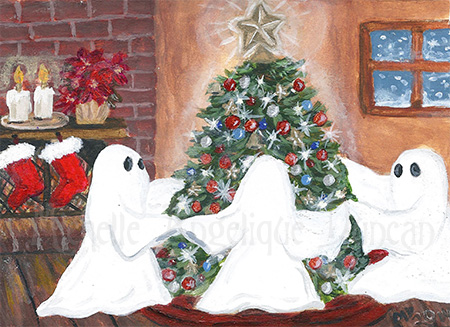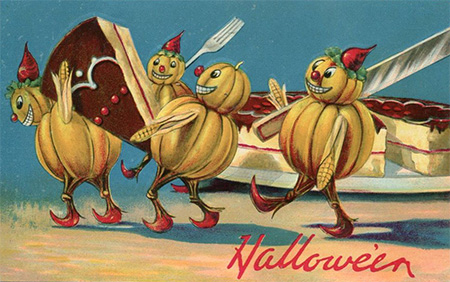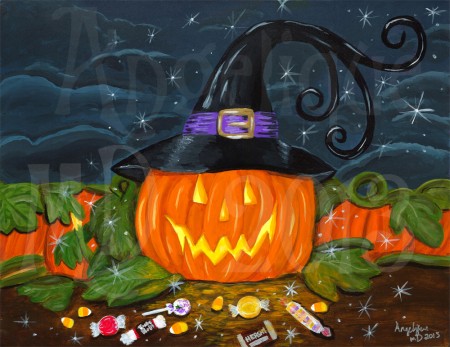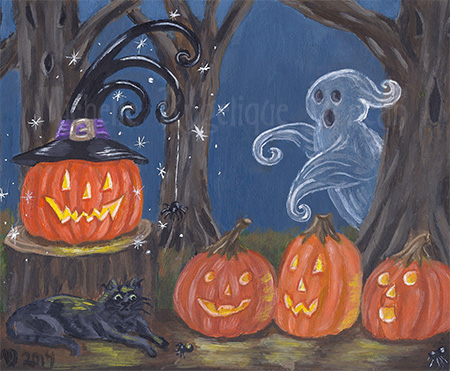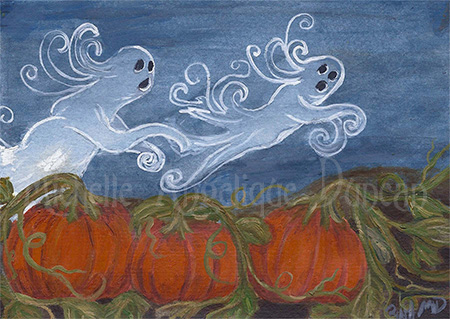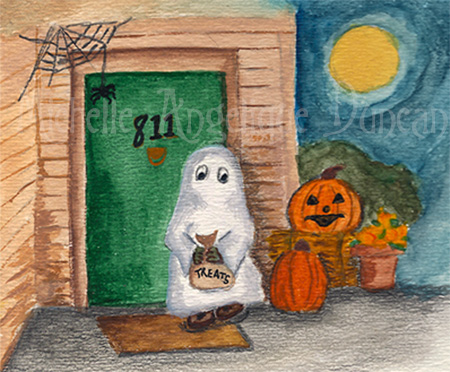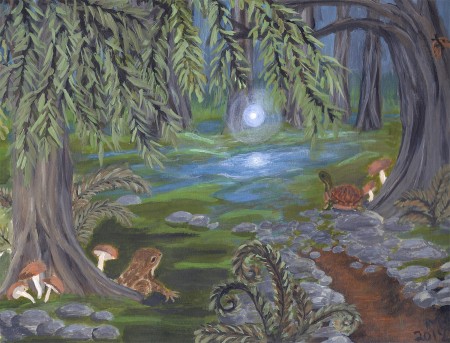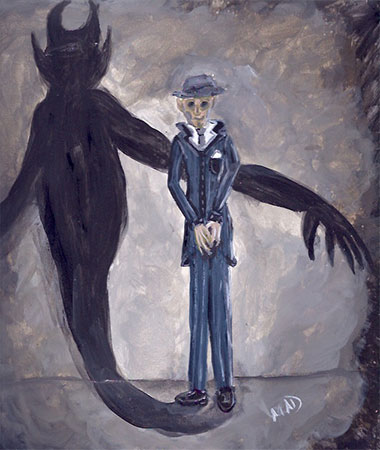
The Boogieman and the Monster Under the Bed-By Angelique Duncan
The sound in the dark, that scratching at your window, the shadow that moved in your peripheral vision; that feeling of knowing you are being watched while you lie in your bed. You call out asking who is there. There is no answer. Silence. You turn the light on and check once again. Under the bed, in the closet, peer into the corners and under the clothes in the laundry basket, nothing is there. You turn the light off and as soon as you lie back down, you feel it again. He is watching you. He is never seen and his voice is never heard, but you know he is there. He has a name; it is fear. He is the Boogieman.
Some form of Boogieman legend exists in nearly every culture and on every continent. Although his name may be different and his description varied he is intrinsically the same. He is feared. He is known as the Boogieman, boogey, Boogie Monster, Bogyman, Sack man, Booger Man, Boggart, Der Schwarze Mann, Bubak, the Bagman and a host of other names depending on where you are on the globe.
His description changes form region to region. Some believe he is a shape shifter and can take the form of any living thing, particularly animals and creatures. In most mythologies he is identified as male, although in some countries he is a she and takes a female form.
The Boogie Man has been described many different ways. He has been said to be small and hairy with deformed limbs, big red eyes with claws and sharp fang teeth. Others say he is tall, gaunt and abnormally thin. Some say he has hooved feet and devils horns. Others say he wears a dark hat and a cloak or a black hooded robe. Many legends tell of a scarecrow like figure, telling that he has a Jack o Lantern head, or no head at all. Descriptions vary from a lizard like creature to being animal like or even being seen as a demon. In each culture he takes on a different description, each more hideous and scary than the other, always somewhat humanoid yet a monster of some type and most often thought of as a shape shifter.
It is not clear where the Boogieman comes from. Some believe he originates from the warning tales of Goblins in the British Ise and stories of him migrated with the Scottish and Celts to Germany. However, some sort of established Boogieman mythology existed in every culture well before European migrations. Some believe he comes in with fog. Legends are told of a green fog associated with the Boogieman’s appearance. It is thought by many that he lives in shadows and dark dusty musky places. The Boogieman can move through houses unseen, living in basements, attics and cellars or between walls and floorboards. He can maneuver under beds, into closets and under laundry hampers undetected.
He thrives on darkness, only stalking at night and will retreat from light. He watches in the dark and waits until one is alone to terrorize. It has been told that that he will only attack those who are not asleep while other telling’s state that sleep is when he attacks. In most folklore he will only stalk one specific victim at a time and will wait until they are defenseless in bed.
Some believe he is a punisher much like Krampus, the devil like creature who disciplines naughty children during the Christmas season. In many cultures he is used as a threat by parents to children who misbehave. The concern of a visit from the Boogieman is used to curtail every offense from sucking ones thumb, not finishing ones dinner to not going to bed on time. The punishment being that the offending child will be taken away by the Boogieman at night.
Legends abound of the Boogieman hiding in shadows and snatching children and travelers who are out too late after dark. The most common folklore that appears in European, Asian and South American folklore is that he carries them away in a sack to be tortured and eaten. A legend in Czech and Polish regions claims that the Boogieman, under the name Bubak, drives a cart drawn by cats and looks for victims at night, piles them on the cart and takes them away to be skinned and fed to the cats.
Although many stories tell that the Boogieman appears as a consequence of ones actions as a disciplinarian or for being out too late, other myths tell that he picks his victims at random out of a sinister cruelty. That one never knows when or why the Boogieman will take a victim, he just does out of spite.
Theories have been told that the Boogieman is an evil spirit or an undead entity wandering the earth. Other theories say he is a demon unleashed from Hell. Stories exist that the Boogieman was a tortured and abused child who was unwanted and unloved. His parents killed him and he came back from the grave to torture and punish other children as a result. Another legend is that he preys on adults who are bad or abusive to their children as retaliation for his own parents’ misgivings. A modern explanation for the Boogieman is that he is an amalgamation of irrational fear. A trick of the subconscious mind settling at night while dealing with stress or worry that has manifested as a “stalking monster” that will not let one rest. One constant is that the Boogieman is always associated with fright. It is widely held he will take on the shape of his victims’ worst fears. It is rumored he feeds upon terror and needs his victims scared in order to feast.
It is not known if the Boogieman exists. He may be made up by adults to scare little kids into being good. The stories have passed down so many generations and been retold so many times that he has become “real”. Maybe, collectively we keep him alive. He may exist because we allow him to by perpetuating the myth. Given that so many of us at some point in our lives have been afraid of the monster under the bed or felt there was something hiding in the closet; perhaps he is real and is feeding upon our shared consternation.
For good measure, before you go to sleep at night, check under the bed and make sure the closet door is closed. Check under your laundry, keep the bedroom door cracked open and a keep a night-light on. If you hear that scratch at the window, bumping in the night and the shadows begin to move, it is probably your imagination or perhaps it is just your fears…
Sleep tight and don’t let the Boogieman get you.
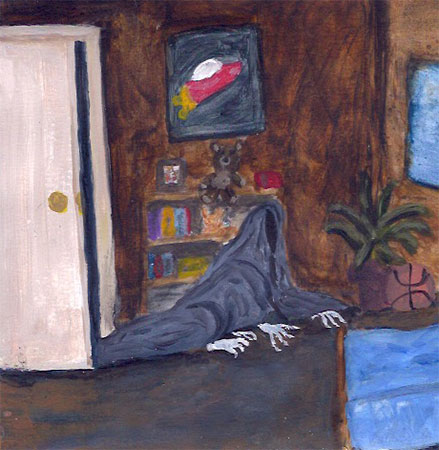
Illustrations “The Boogieman” and “The Monster From the Closet” Copyright Michelle Angelique Duncan.
Angelique Duncan is proprietor of Twilight Faerie Nostalgic and Capricious Objects. Check out her artist page to find links to her shops and vintage inspired traditional holiday art. Visit again next month for more traditions and folklore.

